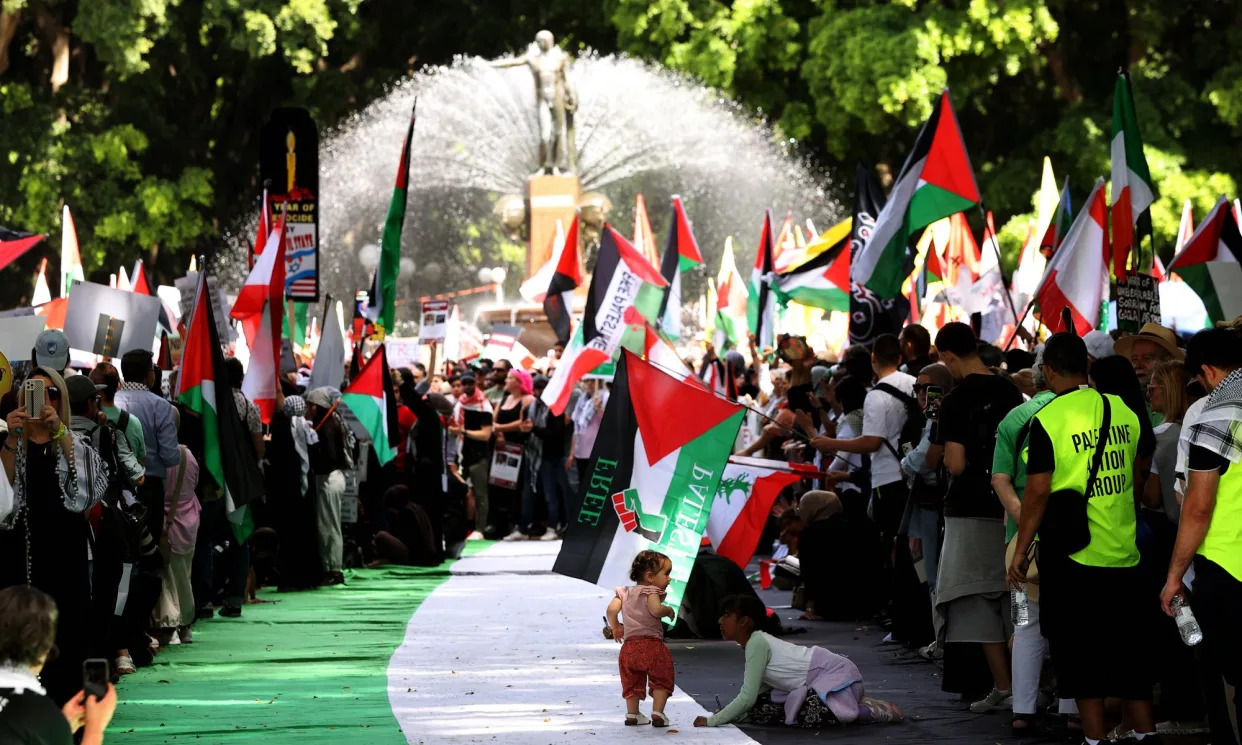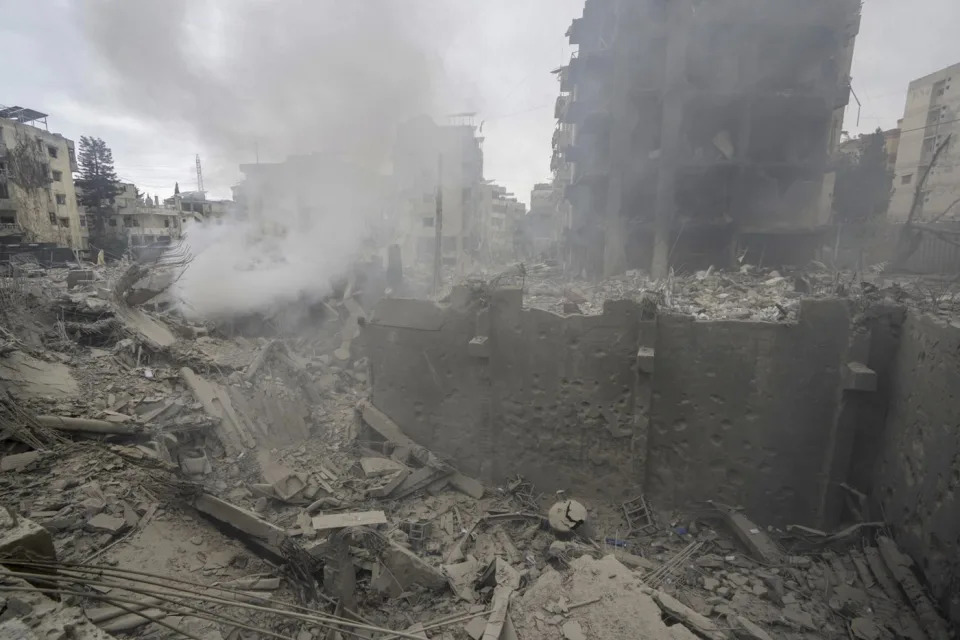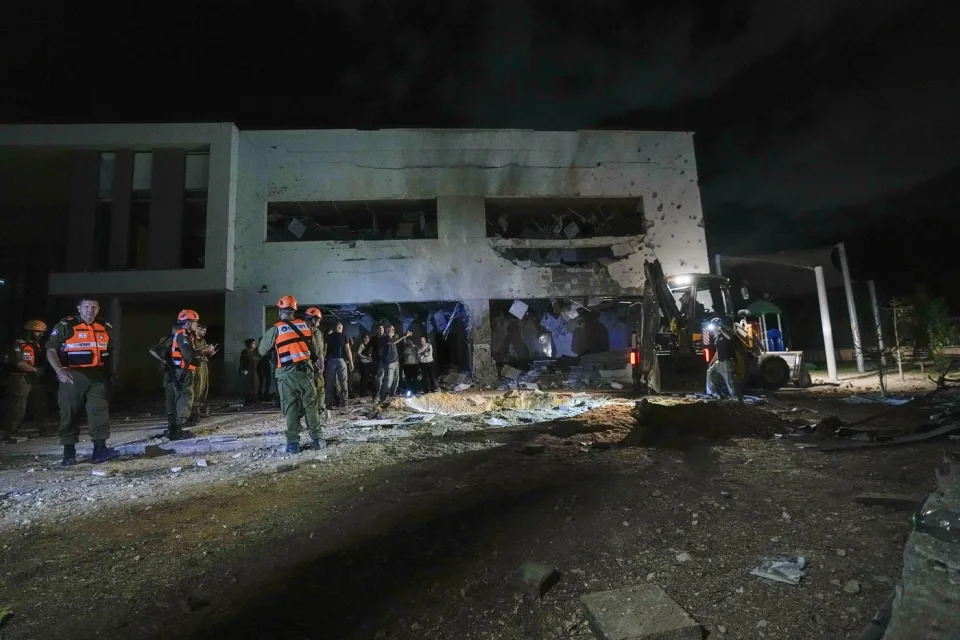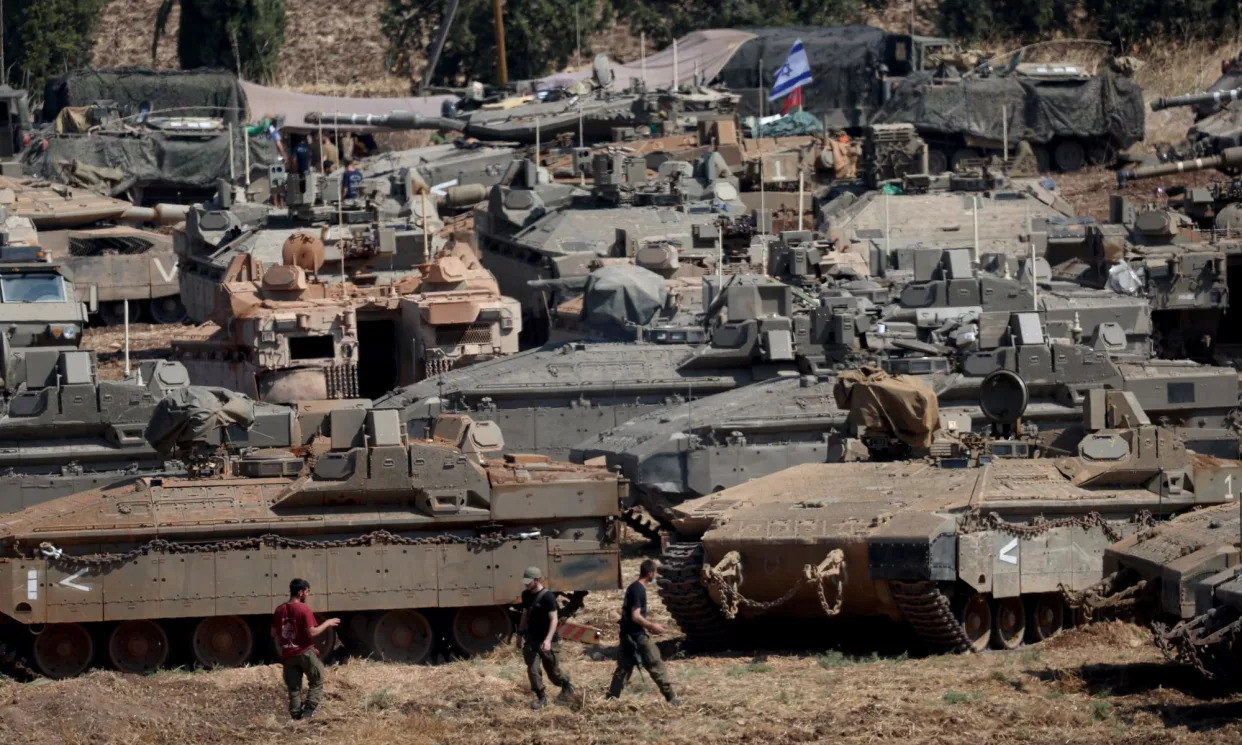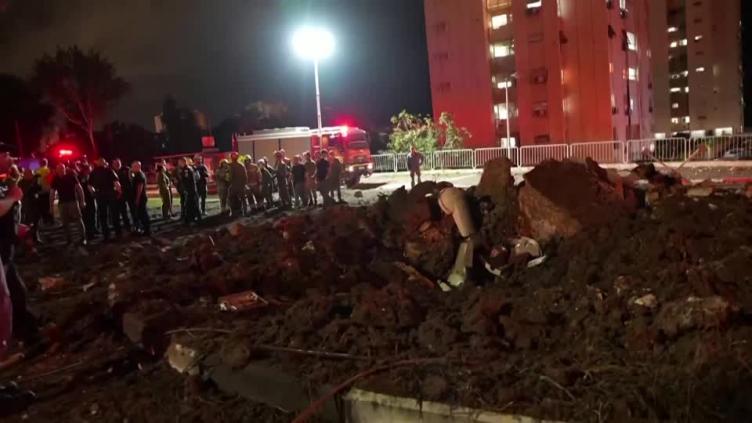Ellie Ng, PA
Sun, October 6, 2024
The Government has backed police to take action against protesters who show support for Hezbollah, after one man was arrested for allegedly shouting support for the banned organisation during a march in central London.
Tens of thousands of pro-Palestinian demonstrators marched through the capital on Saturday, meeting counter-protests at several points on their route.
The Metropolitan Police arrested two people on suspicion of supporting a proscribed organisation, with one man held after allegedly shouting support for Hezbollah near a pro-Israel counter-demonstration, according to the force.

Science and Technology Secretary Peter Kyle said the police have ‘our full support’ to take action against people carrying signs suggesting support for Hezbollah (Jordan Pettitt/PA)
Another man was arrested on suspicion of wearing or displaying an article indicating support for Hamas, which is also a proscribed organisation, after he was allegedly spotted wearing a parachute, the Met said.
Proscription is the banning of an organisation based on an assessment that it commits or participates in, prepares for, promotes or encourages, or is otherwise concerned in terrorism, according to the Home Office.
It is a crime in the UK to belong to, express support, invite support for or arrange a meeting to back any proscribed organisation.
Images of protesters holding placards that read “I love Hezbollah” have circulated online, and police said they are working to identify those involved.

Counter pro-Israeli demonstrations took place in London on Saturday (Ben Bauer/PA)
In an update on Sunday afternoon, the Met said a “number of further potential offences have come to light on social media” and released a series of images in an appeal for the public’s help to identify people.
Science and Technology Secretary Peter Kyle said the police have “our full support” should they take action against people carrying signs suggesting support for Hezbollah.
Speaking to the BBC’s Sunday With Laura Kuenssberg programme, he said: “Yesterday in the protests there was a lot of peaceful protest but there were people who were carrying signs as the one that you have just described.
“That is a criminal act, supporting a proscribed terrorist organisation such as Hezbollah is a criminal act.”
He added: “The Home Secretary, the Prime Minister said very clearly yesterday that the police have our full support should they take action against people carrying signs like that.”
On Saturday, Home Secretary Yvette Cooper posted to X: “Hezbollah is a proscribed terrorist organisation. Promoting it in Britain is a criminal offence.
“Extremism has no place on Britain’s streets. The police have our support in pursuing those breaking the law today.”
Police made 17 arrests in total around the demonstrations in London on Saturday, as part of a “significant” policing operation in place across the capital in response to planned protest and memorial events marking the anniversary of the October 7 attacks in Israel.
There were eight arrests on suspicion of public order offences, four of which were allegedly racially aggravated.
Three people were arrested on suspicion of assaulting an emergency worker, three arrested on suspicion of common assault and one person was arrested on suspicion of breaching a Public Order Act condition.
Tess Yasser, of the Palestinian Youth Movement, told the PA news agency on Saturday: “We’re here today as part of the international day of action that the Palestinian people have called for to demand a full arms embargo.
“We’re commemorating one year of genocide, one year of resistance. We’ve seen that the genocide has been a form of collective punishment on the people of Gaza who dare to resist a 17-year siege on them which has been inflicted by Israel.

People took part in a silent funeral procession through Edinburgh city centre as part of the Scottish National Demonstration for Palestine on Saturday (Lesley Martin/PA)
“They will continue to resist until the genocide is over and they see the full liberation of their lands and their people.”
Pro-Palestinian demonstrators also took to the streets in Edinburgh and Dublin on Saturday.
On Sunday afternoon, a memorial event will be held in London’s Hyde Park, organised by the Board of Deputies of British Jews, the Jewish Leadership Council and other groups.

